Unveiling Nature’s Secret Sanctuary: Why Blackbeard Island Inspires Curiosity and Caution
Imagine stepping onto an island where untouched sand dunes meet ancient maritime forests, and the sounds of modern civilization fade into the rhythm of wind and shorebirds. Blackbeard Island National Wildlife Refuge is a place that ignites imagination, partly because so few people truly know what happens within its wild boundaries. What adventures and discoveries await in a refuge delegated to preserving what little is left of Georgia’s original coastal wilderness?
The phrase “hidden gem” is often used loosely, but it feels apt for Blackbeard Island—an expanse of land and salt marshes named after one of history’s most infamous pirates. Visitors arrive here seeking tranquility, biodiversity, and a chance to witness nature rebound in habitats shielded from urban development. Yet, there’s more under the surface: a story of preservation, resilience, and delicate environmental balance. Before setting foot on this unique island, understanding what makes Blackbeard Island National Wildlife Refuge both essential and fragile can help visitors appreciate why these wild corners are protected—and why they matter even more today.
Blackbeard Island Revealed: Understanding The Refuge’s Untouched Wonder and Fragile Ecology
Blackbeard Island National Wildlife Refuge is not like a coastal resort or a bustling recreational park. Established to guard a slice of Georgia’s maritime history and its natural habitats, the island remains largely unspoiled, with only primitive trails and no commercial development—or many human footprints—to speak of. Its range of ecosystems includes salt marshes, maritime forests, freshwater ponds, and expansive beaches. This mosaic provides critical habitats for a surprising diversity of animals—from migratory songbirds to loggerhead sea turtles—that depend on undisturbed spaces for nesting and foraging.
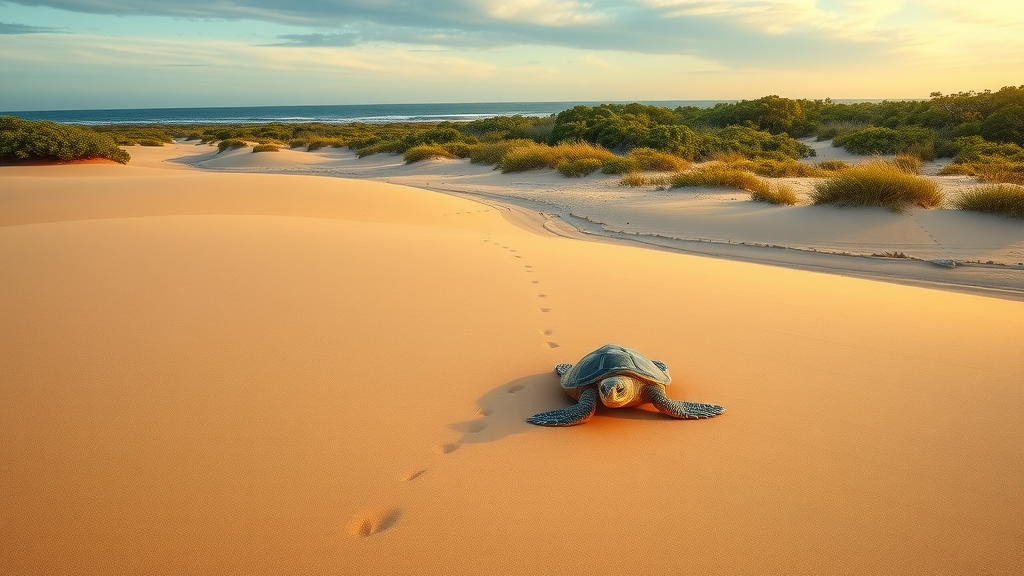
For those unfamiliar with the concept, a wildlife refuge is more than just protected land. It is a managed environment where the balance between animals and plants is carefully maintained, sometimes demanding that visitors adopt a watchful, respectful presence rather than an intrusive one. Not recognizing the value of such sanctuaries can lead to unintentional harm: sensitive dune systems can collapse from trampling, nesting birds may abandon their young due to disturbance, and invasive species can take hold if access is unchecked. Understanding the delicate ecology of Blackbeard Island is essential; otherwise, its fragile wonder—its very reason for existing—could be compromised for generations.
Why Blackbeard Island’s Protected Habitats Create Unique Encounters and Profound Benefits
Drawing on its role as both a refuge and a living classroom, Blackbeard Island provides more than just scenic beauty. The island’s protected status means wildlife can thrive in ways now rare along other developed coastlines. Its beaches offer nesting grounds for loggerhead turtles, while its forests shelter painted buntings and migratory warblers that are increasingly hard to spot elsewhere. These encounters delight both casual visitors and serious birdwatchers, rewarding patience and curiosity with glimpses of rare species or moments of discovery that are all the more special for being so elusive.
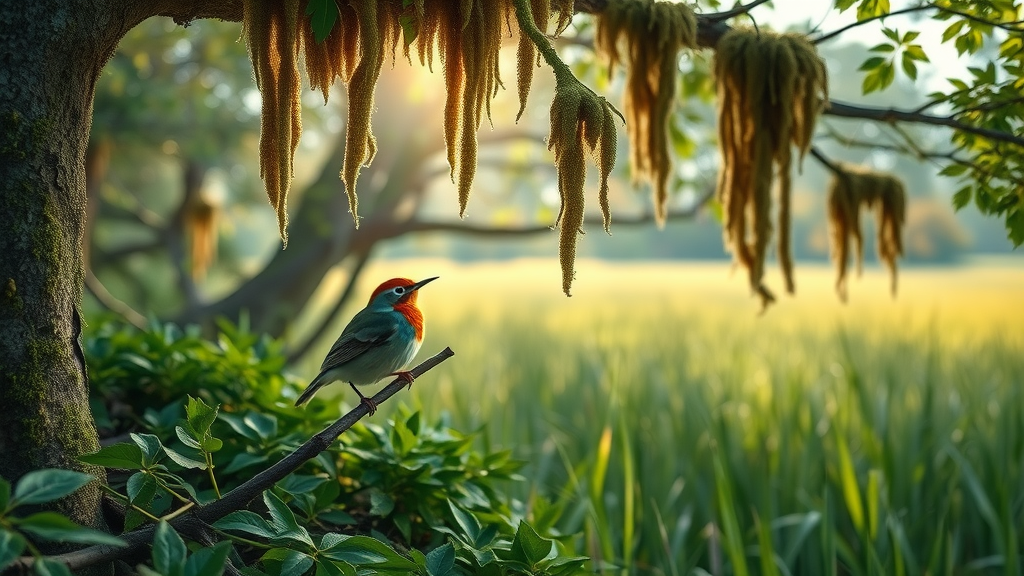
The benefits of keeping Blackbeard Island undeveloped extend beyond simple animal sightings. As sea levels rise and urbanization encroaches, intact habitats such as those on the island serve as critical research grounds for scientists studying the impacts of climate change and resilience strategies. Visitors who experience these wild spaces can better appreciate their importance, becoming advocates for preservation and understanding the wider ecological role the refuge plays. The value lies not just in scenic views or relaxation, but in protecting biodiversity and ensuring that the rhythms of Georgia’s coastlines—wind, tide, birdcall—continue unbroken for future generations.
From Pirate Legends to Natural Legacy: The Rich History Behind Blackbeard Island
It is difficult to stroll the beaches of Blackbeard Island National Wildlife Refuge without feeling the pull of its storied past. Named after the infamous pirate Edward Teach, or Blackbeard, legends suggest he may have hidden treasure along these shores centuries ago. Yet the real legacy of the island lies in its continued role as a reservoir of biodiversity. Early government protection efforts aimed to preserve these lands from the same threats of development and exploitation that changed so much of the surrounding coast.
Over time, priorities for the refuge have evolved, focusing more on habitat management, endangered species protection, and visitor education. Today, the island stands as a living link between the mysteries of its past and the responsibilities of modern conservation, offering a rich story for every wanderer who sets foot on its sands.
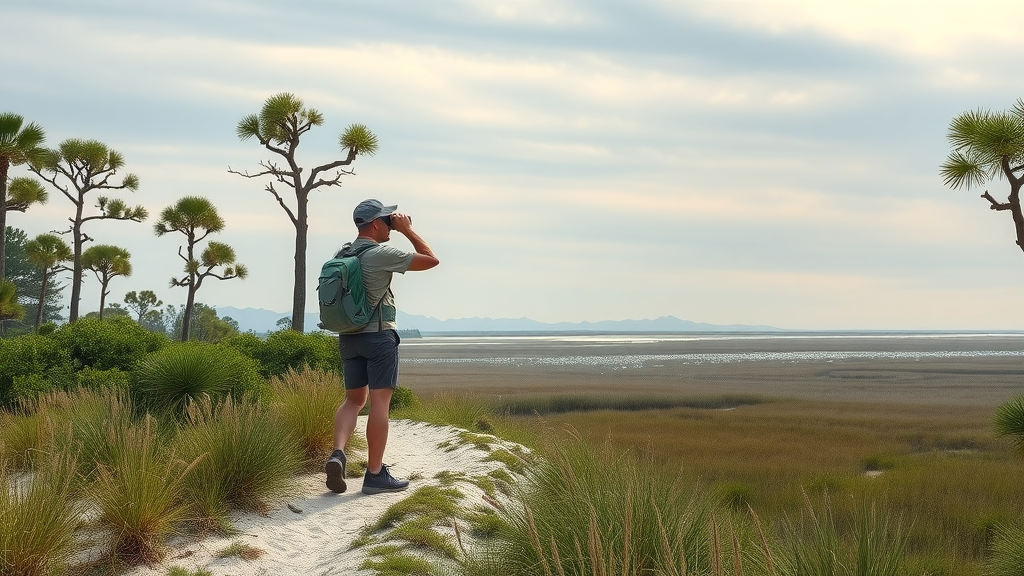
Simple Pleasures: What to Expect on Your Visit to Blackbeard Island
Unlike developed tourist spots, visiting Blackbeard Island National Wildlife Refuge means embracing simplicity. Visitors will not find shops, restaurants, or commercial entertainment. Instead, the island offers pretty white sand beaches, brisk salt breezes, unmarked trails, and a sense of peace that can be hard to find anywhere else. There’s space to walk, reflect, and observe—whether you’re a dedicated birder or simply seeking a quiet place to unwrap lunch and watch the tides roll in.
Expect the unexpected: dolphins just offshore, an osprey’s cry echoing through the trees, seashells left untouched on the tide line. For those who value nature and solitude above amenities, Blackbeard Island can offer an experience that’s both restorative and inspiring. Remember, the lack of development is intentional—a quiet reminder that some of nature’s treasures are best left as they are.
Practical Advice for Exploring Blackbeard’s Untamed Wilderness
For anyone planning to explore Blackbeard Island National Wildlife Refuge, preparation and respect are essential. Bring all needed supplies, as there are no concessions or shops. Footwear suitable for both sand and woodland is recommended, and visitors are encouraged to carry out all trash. Access to the island is typically by boat, so checking arrival options and weather conditions in advance is crucial. Do not expect high-rise resorts or nightlife—this is a destination for appreciating wild spaces and embracing what many would call the “real Georgia coast.”
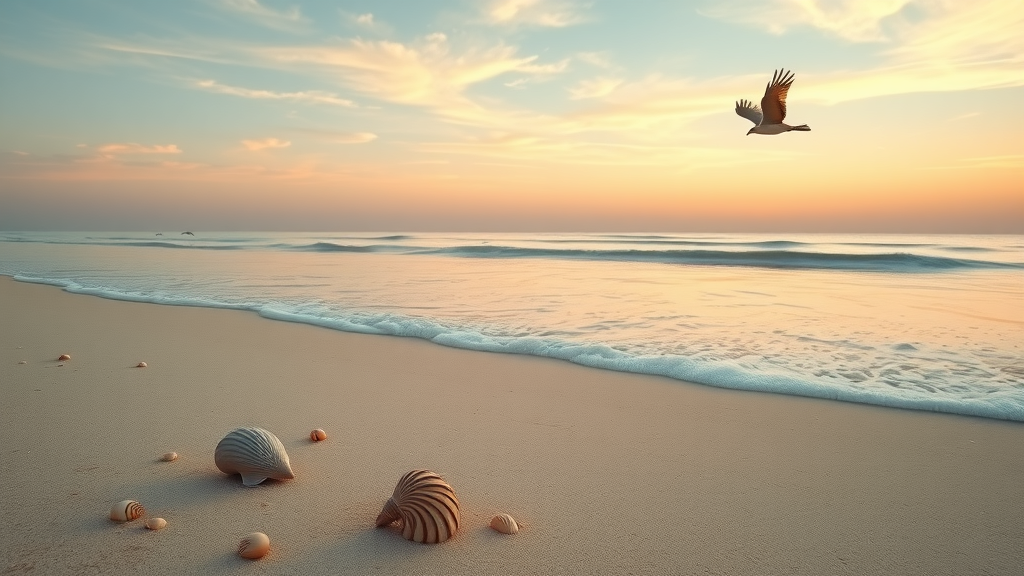
Being mindful of designated areas, such as turtle nesting sites or sensitive dunes, helps ensure these habitats remain undisturbed. Patience and observation are rewarded: wildlife often appear when least expected, and every visit supports a broader mission of conservation education, whether you’re a first-timer or a returning explorer.
Blackbeard Island: A Conservation Ethic Rooted in Preservation and Wonder
Blackbeard Island National Wildlife Refuge is imbued with a philosophy of stewardship—championing what remains of Georgia’s natural beauty and entrusting future generations with its safe keeping. The refuge’s focus on preservation is evident in its undeveloped character, reliance on primitive trails, and commitment to managing human impact. Beyond simply setting aside land, the approach is proactive: monitoring wildlife, managing invasive species, and restoring habitats where needed, always guided by science and respect.
This ethic shapes the visitor experience, too. People are encouraged to come as guests—respectful, curious, and aware that their actions affect the balance of the ecosystem. By centering conservation and simplicity, the refuge highlights a deeper message: sometimes, the greatest enjoyment comes from treading lightly, leaving only footprints, and appreciating the rare chance to encounter nature as it has always been.
When Solitude Becomes a Treasure: Visitors Reflect on Blackbeard Island
For many who make the journey, the magic of Blackbeard Island National Wildlife Refuge is revealed in the escape from everyday routines—a sentiment echoed by those who return year after year. Each visitor brings their own expectations but finds, invariably, that the island offers peace, beauty, and a retreat from the developed world. One visitor described it as, simply:
A Georgia Treasure. To the folks who want beer, bring your own. If you want high rises and bars, go to Pannymaw City. This island is to preserve what little we have left of our beauty on the GA coast. I am all about enjoying a cold beer and have done so on these beaches.
Reflections like these capture the spirit of the refuge—a place where simplicity is celebrated, nature takes center stage, and the beauty of Georgia’s coast endures, unspoiled. Those who seek out Blackbeard Island often discover that the true value lies in its peacefulness and preservation, qualities that stay with them long after the visit ends.
Why Blackbeard Island’s Wild Character Matters More Than Ever
As coastal regions face growing pressure from development, pollution, and climate change, the importance of places like Blackbeard Island National Wildlife Refuge only increases. The refuge stands as a living reminder that careful conservation can keep biodiversity intact, protect valuable research sites, and offer solace to all who seek wild beauty. Though many may overlook the quiet strength of such sanctuaries, those who make the effort to visit or support their mission reap rewards that last long beyond a single afternoon on the beach.
By shining a light on this refuge, its habitats, and its careful stewardship, Blackbeard Island demonstrates what is possible when preservation takes priority—making its continued protection a goal not just for Georgia, but for nature lovers everywhere.
Contact the Experts at Blackbeard Island National Wildlife Refuge
If you’d like to learn more about how Blackbeard Island National Wildlife Refuge could benefit your understanding of wild habitats and conservation, contact the team at Blackbeard Island National Wildlife Refuge.
📍 Address: Blackbeard Island National Wildlife Refuge, Georgia 31331, USA
Blackbeard Island National Wildlife Refuge Location and Availability
🕒 Hours of Operation: Please refer to local resources as hours were not specified. For visitor planning, always check the latest updates before arriving.
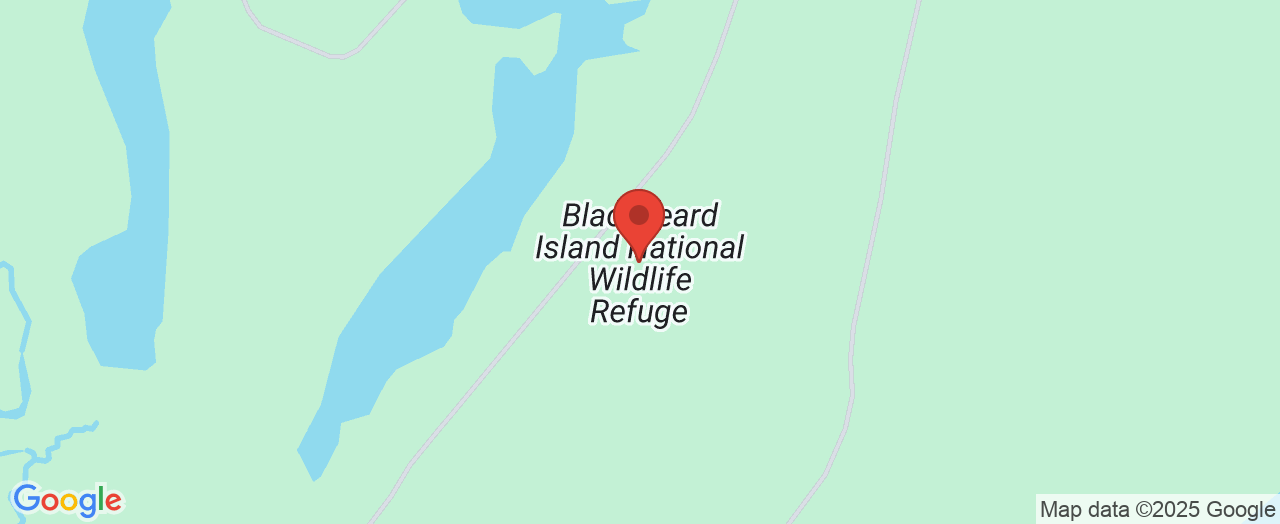
 Add Row
Add Row  Add
Add 





Write A Comment